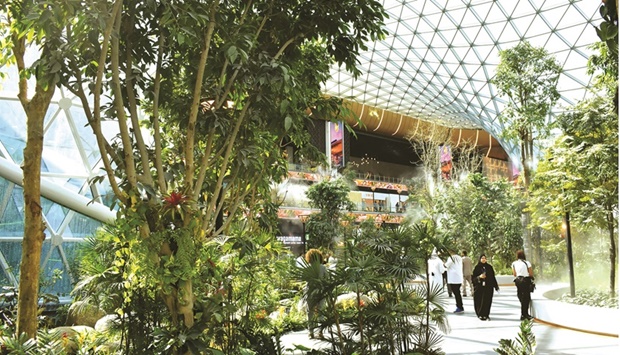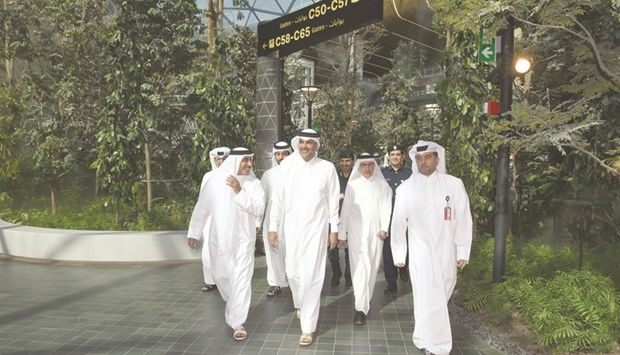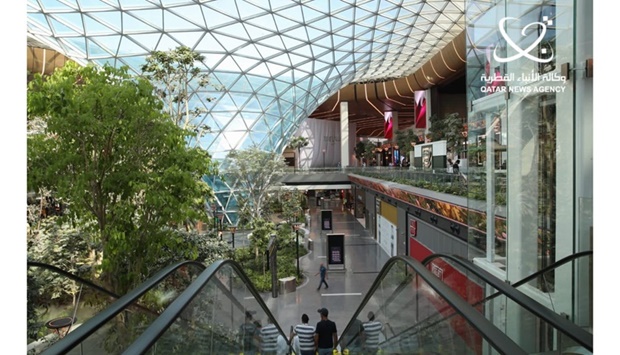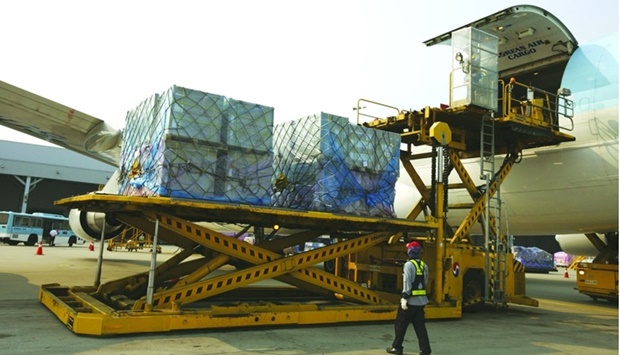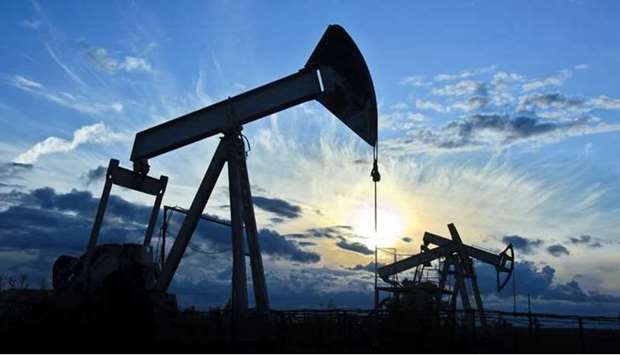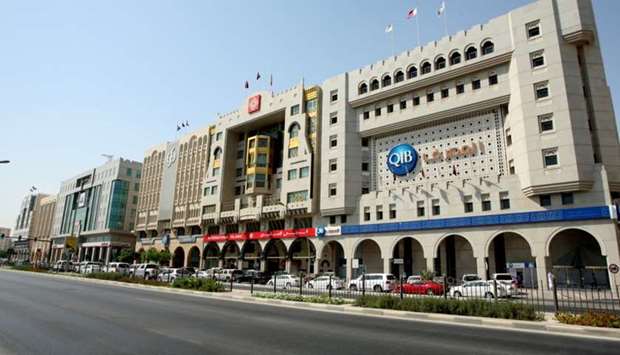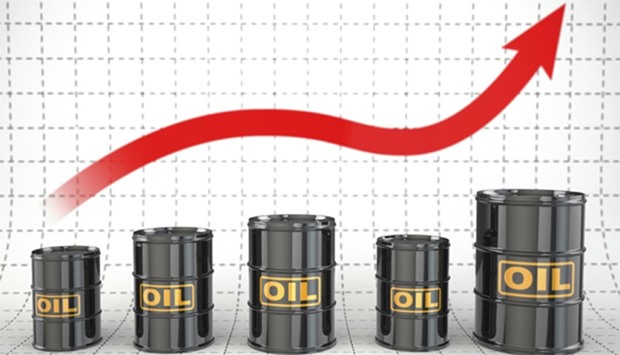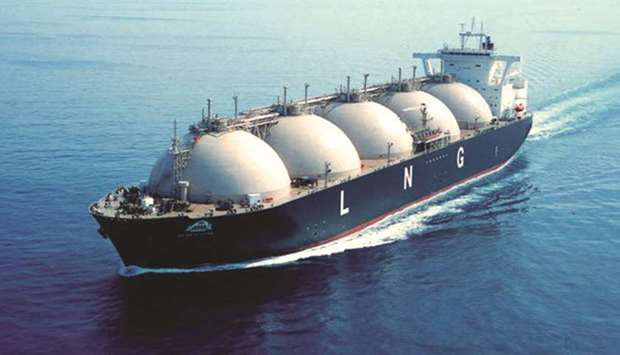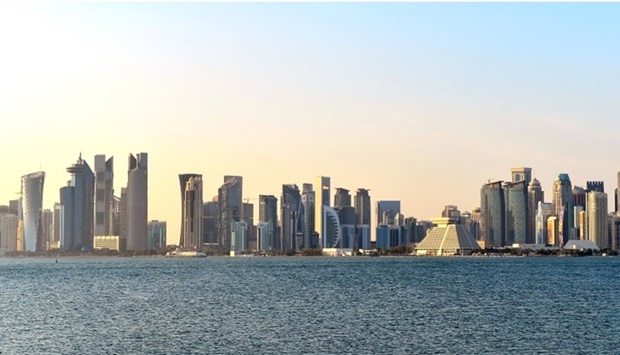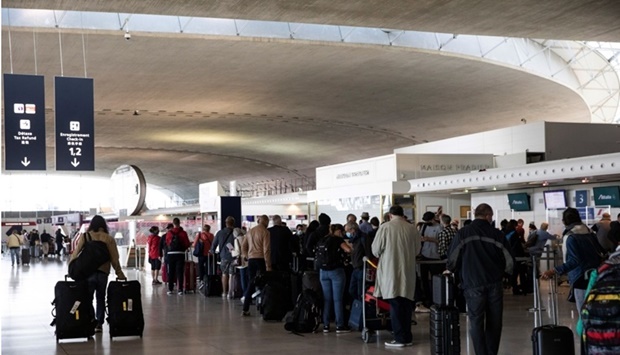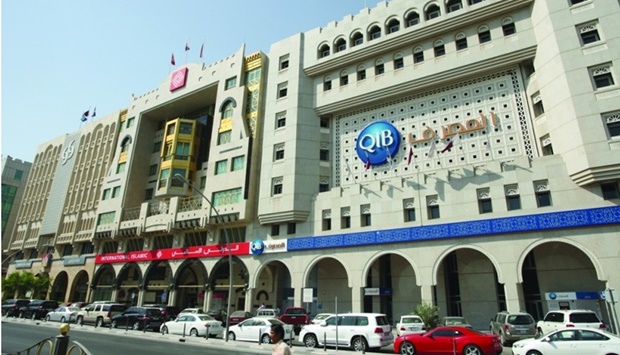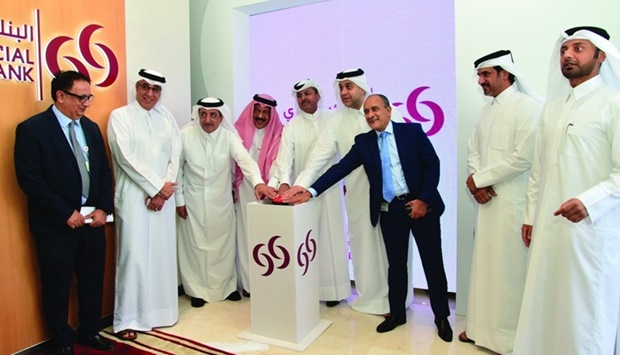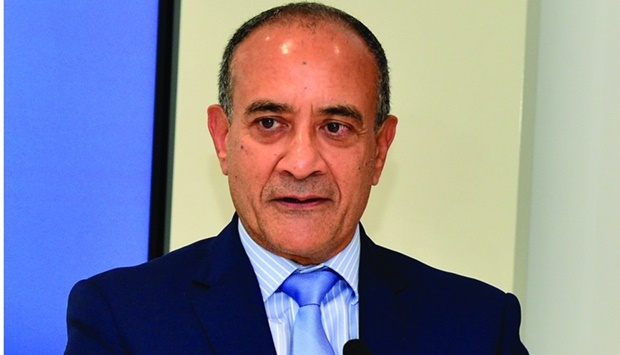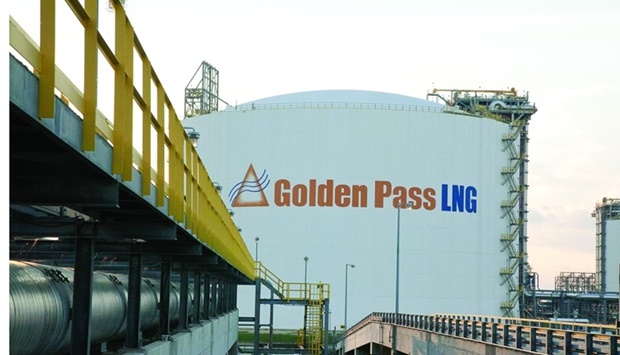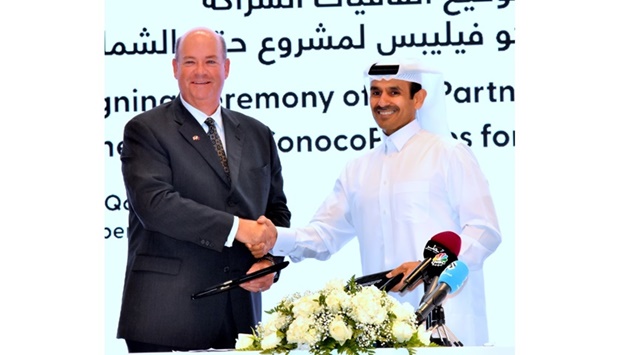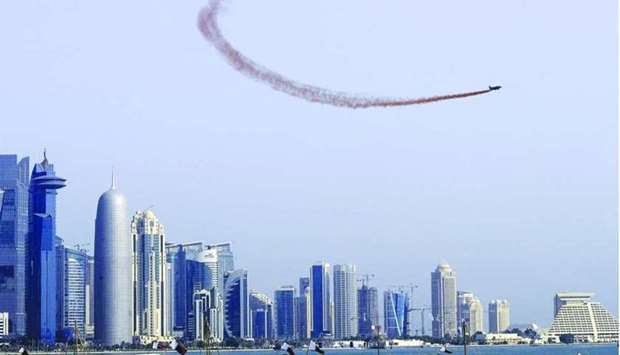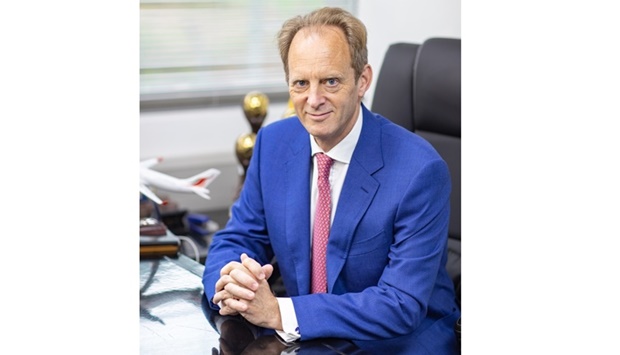Hamad International Airport (HIA) has opened the newly expanded terminal as part of its ‘Phase A’ expansion, which houses the second airport hotel and ‘Orchard’ – an indoor tropical garden that has sourced 300-plus trees and 25,000 plants from sustainable forests around the world.
Consisting of ‘one expansive’ terminal, the airport will welcome passengers with facilities and services curated for all ages. The expansion now enables travellers to ‘seamlessly transfer’ from one area to another, ‘exploring the wonders that HIA has to offer with its infused warmth and hospitality’.
HE the Prime Minister and Minister of Interior Sheikh Khalid bin Khalifa bin Abdulaziz al-Thani inaugurated the expansion of HIA yesterday. He toured the new passenger terminal and was briefed on its capacities in terms of receiving incoming and departing passengers, as well as the modern systems used, the official Qatar News Agency (QNA) reported.
He was also briefed on the various facilities and equipment and the related development in all operational processes in order to receive travellers, Qatar’s guests, and fans of the FIFA World Cup Qatar 2022.
HE the Prime Minister and Minister of Interior was accompanied by a number of ministers and senior officials.
The expansion is in line with the expected flow of visitors and fans for the FIFA World Cup Qatar 2022. It will facilitate aircraft movement and air control, in conjunction with the requirements of operational intensity during the World Cup, which is only a few days away. This will enhance the opportunities to meet the increasing demand for individual travel and air freight, QNA added.
From discovering new flavours with exquisite fine dining to exploring the depths of the art collections and luxurious shops – the airport continues to actively enrich travellers’ experiences with tranquillity and profound culture.
According to HIA, the airport’s expanded operations will greatly reduce waiting time, thanks to the new transfer hall on concourse C (Transfer Hall C) – the level of security, customer service and efficiency will allow passengers to smoothly arrive and depart the award-winning airport.
In the expanded terminal, Qatar Duty Free is offering world-class retail and F&B options with more than 65 retail and dining outlets spread across its three levels. F&B options at the HIA expansion includes over 20 cafes and restaurants offering delicious local and global cuisines for an ultimate dining experience. To Page 2
The retail and F&B offer at the expansion features many world firsts and exclusives, including a ‘Fendi Boutique’ with the first ‘Fendi Café’ in an airport, and the first ‘Ralph’s Coffee Shop’ in an airport. The North node also houses the world’s first ‘Oreo Café’ in an airport.
The enhanced retail offer also includes an unrivalled selection of luxury boutiques, including the first Dior Boutique at HIA, only FIFA Shop in the world, Thom Brown (only store in an airport), largest Ray Ban store (in an airport), and a lineup of prestigious brands such as flagship Louis Vuitton Boutique, Gucci, Burberry, Tiffany and Co., and Bvlgari.
Passengers travelling through HIA will be able to explore hundreds of curated experiences all under one roof, surrounded by a true architectural and tropical masterpiece.
As part of the overall expansion, HIA has launched the second airport hotel within its transfer area, the ‘Oryx Garden’ hotel. Located in the north plaza, the 100-room hotel focuses on sustainability, with rooms ranging from king to twin, as well as suites strategically located moments away from the boarding gates.
To enhance the overall experience at the Oryx Garden Hotel, guests can use the passenger train to visit the near-by Oryx Airport Hotel in the south plaza should they want to use its ‘Vitality Wellbeing Spa and Fitness Centre’. The centre features a 25-metre swimming pool, gym, spa and squash court.
As part of the expansion project, HIA has four brand new lounges for passengers to relax and unwind, namely ‘Al Mourjan Business Lounge- The Garden’, ‘Al Mourjan Business Lounge- North’, ‘Platinum and Gold lounge- North’ and ‘Silver Lounge – North’.
Addressing a media event at the newly expanded terminal, Qatar Airways Group Chief Executive HE Akbar al-Baker stated, “We are very pleased to be launching the expansion of Hamad International Airport, an airport that has truly grown to become the ultimate example of a successful, sustainable global facility.
“HIA continues to impress with its innovative planning, execution and investment – enhancing its position as the preferred hub for global travellers and reinforcing HIA’s position amongst the top leaders of this industry. The opening of our newly expanded terminal further connects the growing number of travellers to all corners of the world, enriching people’s experiences and proudly representing the State of Qatar’s rich culture and prestige.”
Commenting on the expansion, HIA Chief Operating Officer Badr Mohamed al-Meer said, “We are immensely proud to officially launch our airport expansion. Our growth plan will see us welcome over 58mn passengers annually – offering global travellers the best services the industry has to offer.
“Through the expansion, we have upgraded our facilities and offerings – creating the ultimate destination for passengers. From world-class services to endless F&B and retail offerings, the expansion further strengthens our ambition as we look towards maintaining our status as the best airport in the world.”


